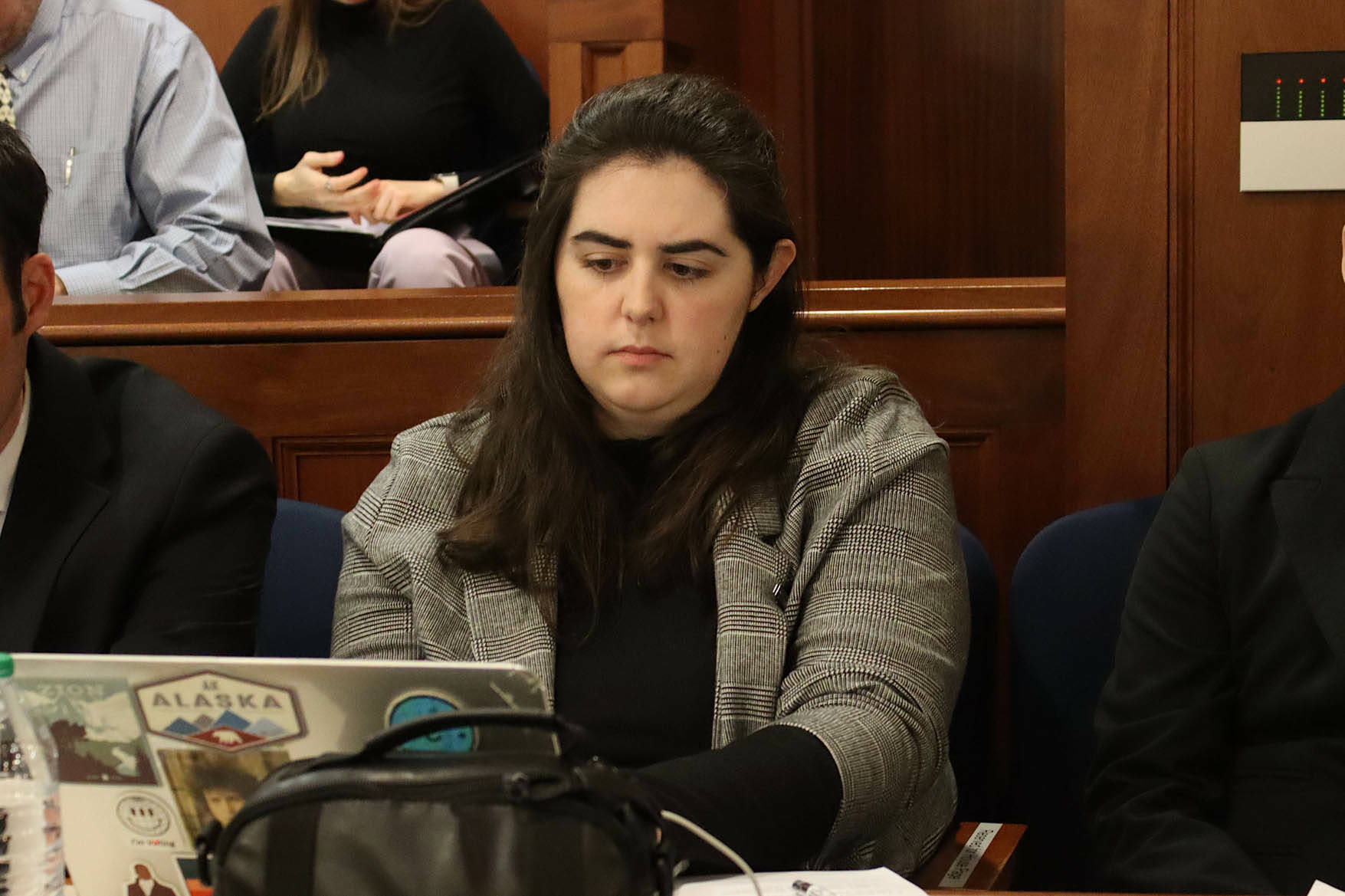Like a lot of people who do what they love, I can remember the moment I decided I wanted to become a journalist.
It was 2013, and I was on a much-anticipated trip to the East Coast with my middle school. Our small army of eighth graders traipsed around the region — mostly unfamiliar to us southern Californians — and hit a lot of the traditional sights. Gettysburg. New York City. The National Mall.
We also went to the Newseum, a museum dedicated to increasing public awareness about the importance of freedom of the press.
At the time, the larger narrative of the exhibits eluded me. All I remember is seeing a lot of compelling stuff and envisioning a future in which I turned a love for writing into important work. I’d tried to sign up for a newspaper class earlier that year that was ultimately canceled due to lack of interest. Maybe I should have read the writing on the wall.
After almost four years, Monday was my last day as the Peninsula Clarion’s government and education reporter. What a wild and wonderful ride it’s been. This job brought me to Alaska, started a new, better chapter in my life and is a part of me that feels inseparable from my sense of self.
I’d be lying, though, if I said the last year or so hasn’t been difficult, or that challenges haven’t contributed to my decision to step away.
It was difficult to watch the last run of our gargantuan printing press — and even more difficult to report on. That change came with a reduction in the number of newspapers we print each week, from five to two, and just a year after we restructured our distribution model to try and meet readers where they were at.
It was difficult to learn that our parent company was filing for bankruptcy earlier this year.
The Clarion’s plight isn’t unique.
A Pew Research Study of more than 5,000 U.S. adults earlier this year found that, while most Americans think local news is “at least somewhat important to their community,” the number of people who say they follow local news somewhat or very closely has dropped by 12% since 2016. Just 15% say they’ve paid for local news in the last year.
A report last year out of Northwestern University’s Medill School of Journalism found that the United States lost, on average, two local newspapers every week in 2023. The country was on track to lose one third of all its newspapers since 2005 by the end of the year. One of those was on the Kenai Peninsula, in Seward.
Some of those larger existential questions make it difficult, at times, to focus on what journalism is really about — public service, speaking truth to power and giving people the knowledge they need to make informed decisions. The responsibility of recording the so-called “first draft of history” isn’t one to be taken lightly.
Every day I am inspired and impressed by the work of my colleagues at the Clarion.
The Kenai Peninsula, I think, is lucky to have such a hardworking team of people that is fully committed only to telling stories that matter to our community. Whether you’ve seen Jeff Helminiak skirting the field of play at a high school sporting event, or Jake Dye lurking around the Kenai Art Center with a camera, the Clarion has a presence in more places than you might think.
As I prepare to transition to a new role at KDLL public radio, there are a few differences I’m hoping to leverage.
The nonprofit journalism model is one that aligns closely with my personal philosophy toward reporting and one that I hope encourages more people to consume, seek out and understand the value of local reporting.
KDLL is also part of the Alaska Public Media network, meaning partner radio stations around the state can run each other’s stories. I see that connectivity as an opportunity to share what’s happening on the Kenai Peninsula with the rest of the state. KDLL already does a fantastic job of this, and I’m excited to work with their team.
That said, there’s an undeniable romance to newspapers. I used to relish the sound of our printing press running at night — it shook the walls of our wood-paneled building on Trading Bay Road — and the compulsory ink stains one gets after handling newsprint, literally, hot off the press.
I feel very fortunate that my new position will allow me to continue reporting on government and education in this spectacular corner of the world — there are so many stories yet to be told! I’m also more excited than I can say to experiment with and find inspiration in audio as a storytelling medium.
The Newseum was dissolved in 2019 — one year after I visited again in college and one year before I started working at the Clarion. Affixed to its facade were large tiles engraved with the text of the First Amendment to the U.S. Constitution, which gives us the right to a free press. It was disheartening to learn that the museum was closing, and outright upsetting to see the pictures of those tiles being taken down.
I don’t know what lies ahead for local news. I do know that I’m fortunate to be a part of it, and that there isn’t anything I’d rather be doing. As I prepare to file my last story for the Clarion, I do so with a tremendous amount of pride in our team’s work and with bone-deep gratitude for my time with the paper. Thank you for reading. I’ll see you on the airwaves!
Ashlyn O’Hara may now be reached at aohara@kdll.org.


